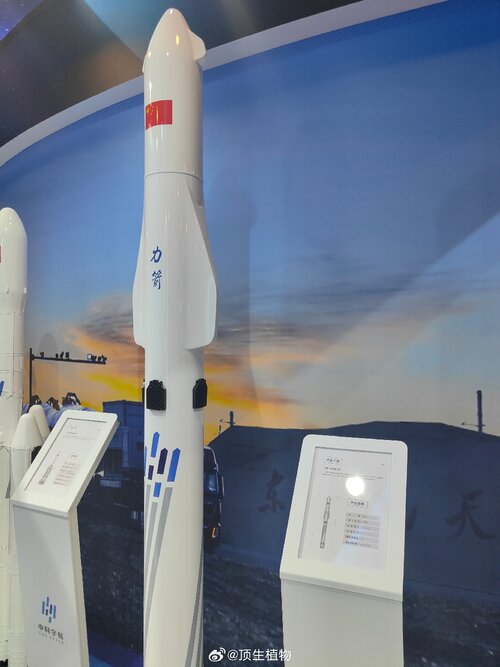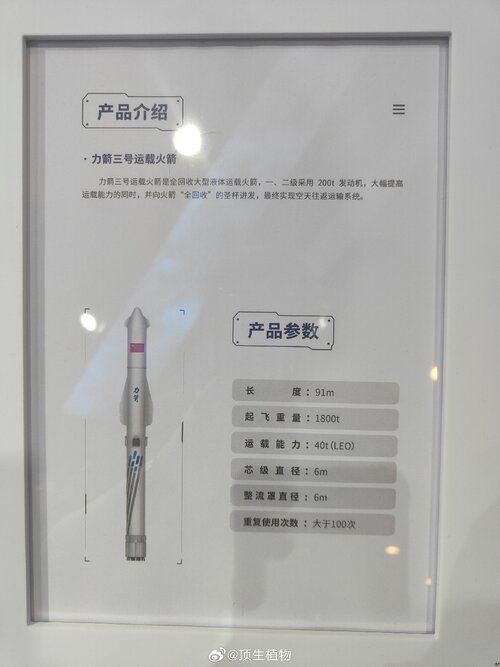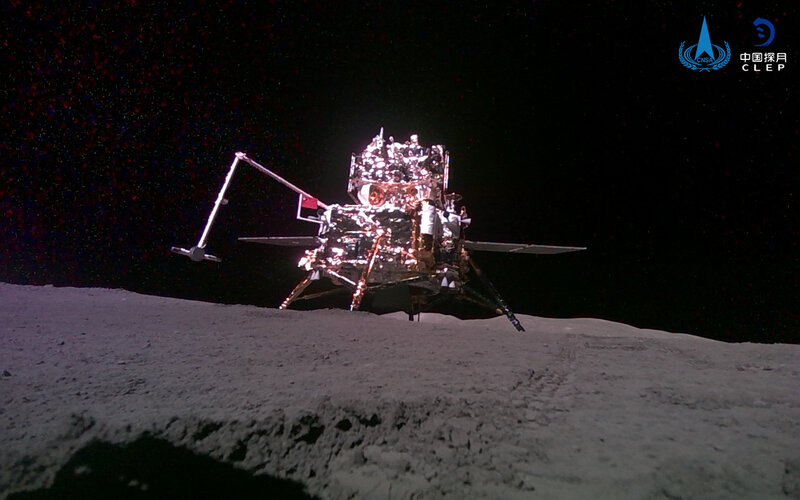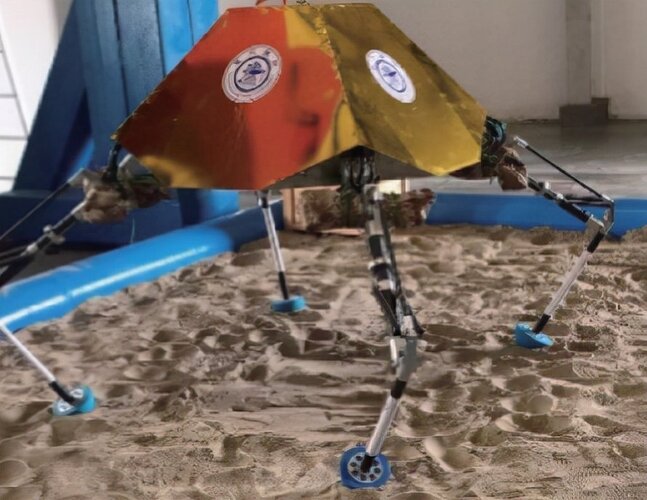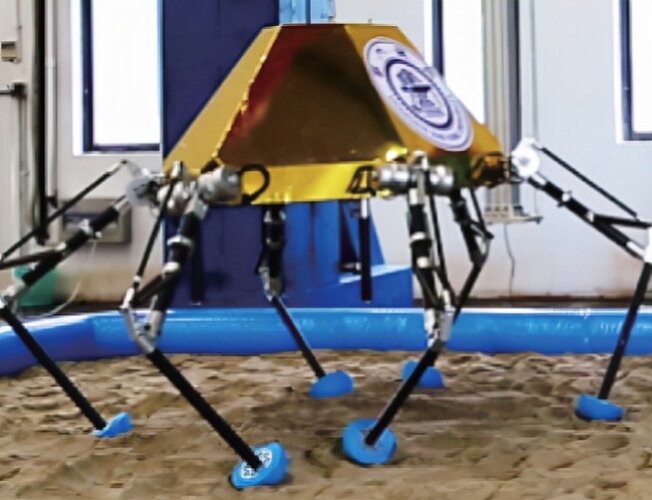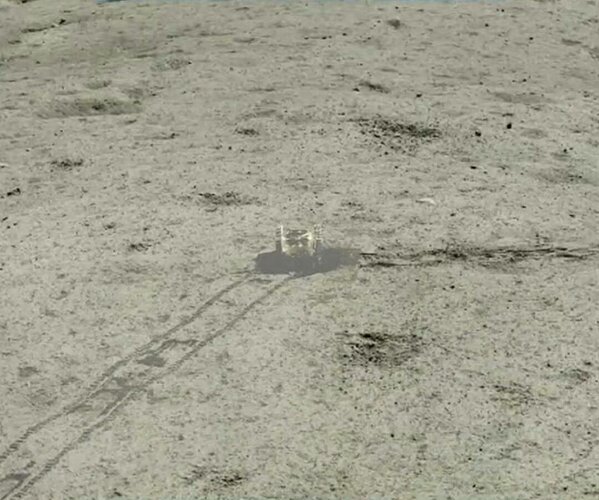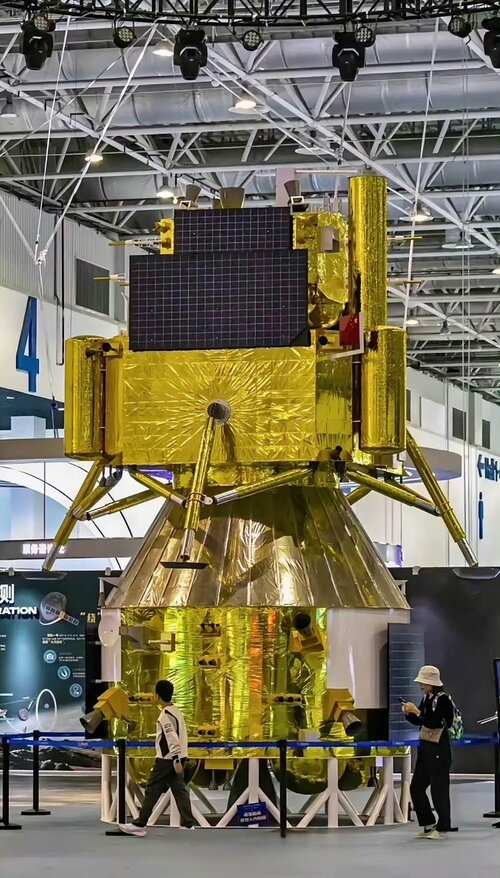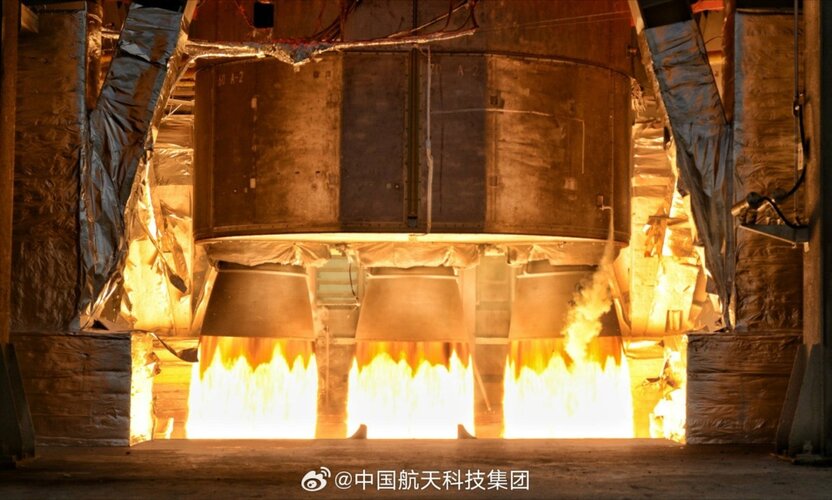Scott Manley has just uploaded a video about why the Shenzhou spacecraft is better than the Soyuz spacecraft it's based on:
Something I've wondered about both the Shenzhou's and Soyuz's LAS after it is jettisoned is if the unfired abort rocket-motor explode or just burn on impact with the ground?
China's Shenzhou spacecraft is heavily inspired from Soyuz, and there are likely systems copied directly from Soyuz. However, with the benefits of 21st century development it's not wedded to many of the limitations imposed by the Soyuz heritage.
Which oddly enough means that between the last flight of Shuttle and the first Crewed flight of Dragon it was the best operational human rated spacecraft.... I never thought about that until I wrote this description.
Something I've wondered about both the Shenzhou's and Soyuz's LAS after it is jettisoned is if the unfired abort rocket-motor explode or just burn on impact with the ground?

